A vinyl publication dealing with seductive, nevertheless problematic computer-brain-analogies while acknowledging potential other-than-human intelligence/intelligent behaviour. It unfolds a poetic narrative of a machine that is talking back. This machine questions humans’ thinking and perception of the world in restrictive (binary) categories while expressing at the same time it’s longing for connection and for merging with its surrounding. The vinyl of THE BEHEADING OF THE FRUIT FLY contains electromagnetic sound emission of JUQUEEN, initially the fifth most powerful supercomputer in the world, located at the Forschungszentrum Jülich in Germany.
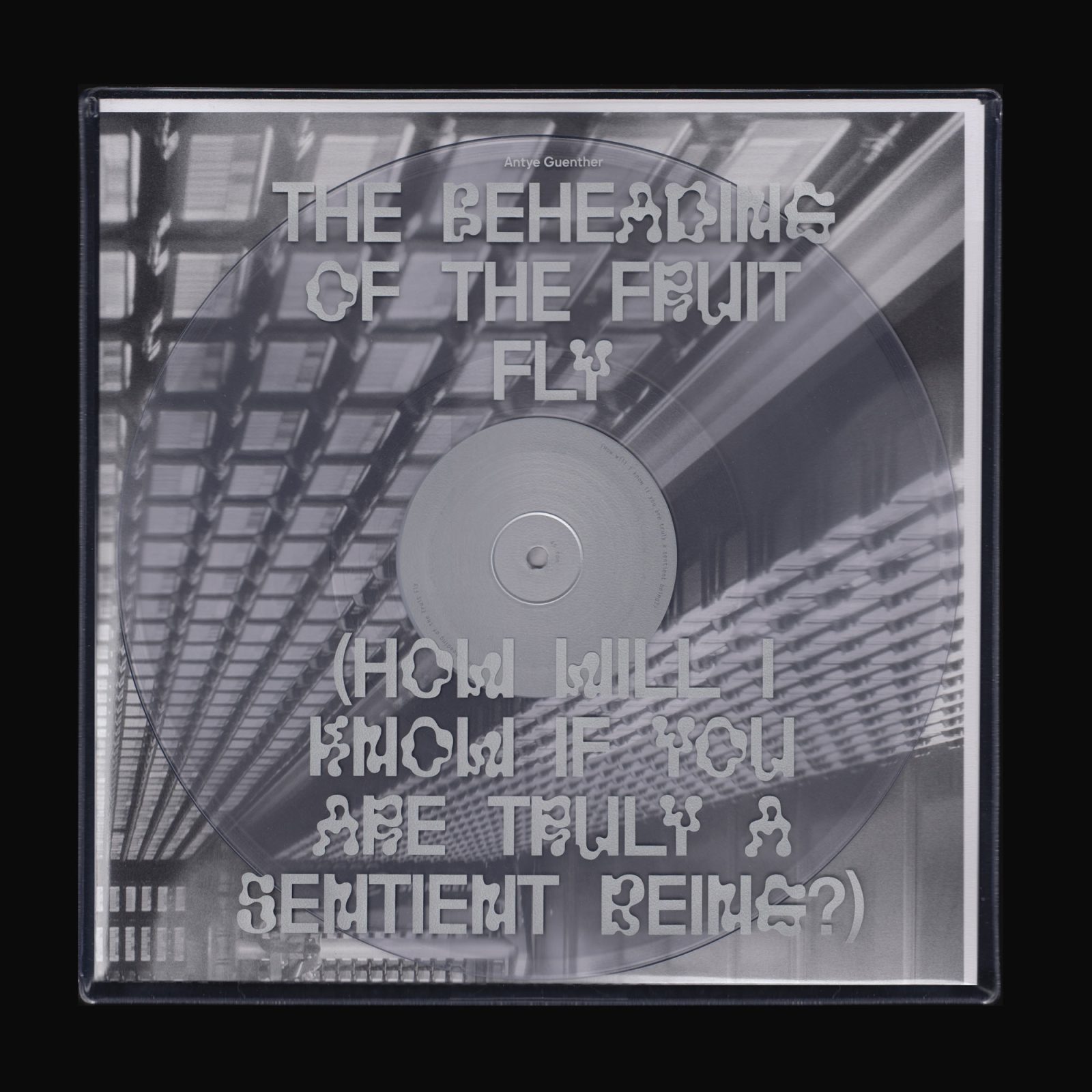
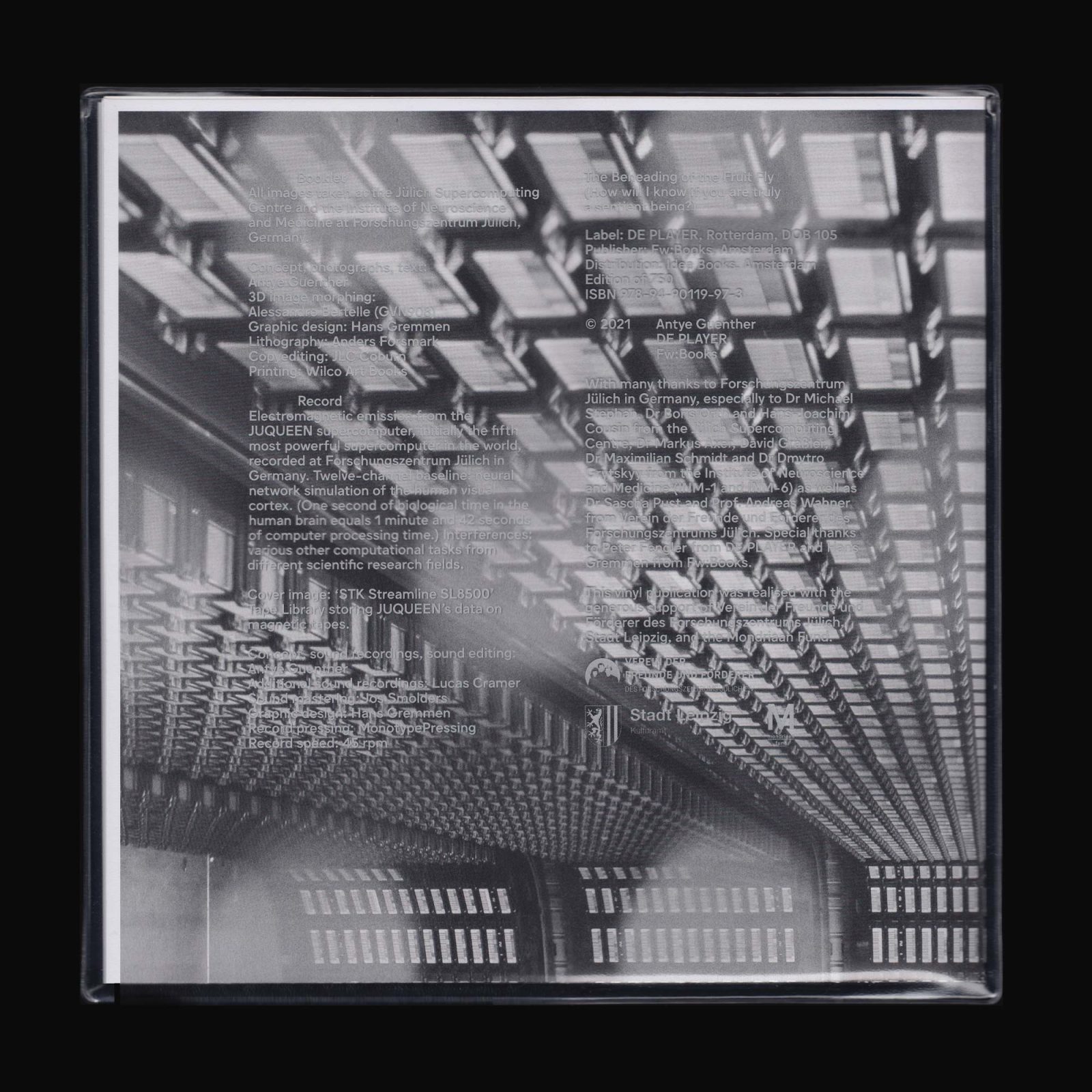
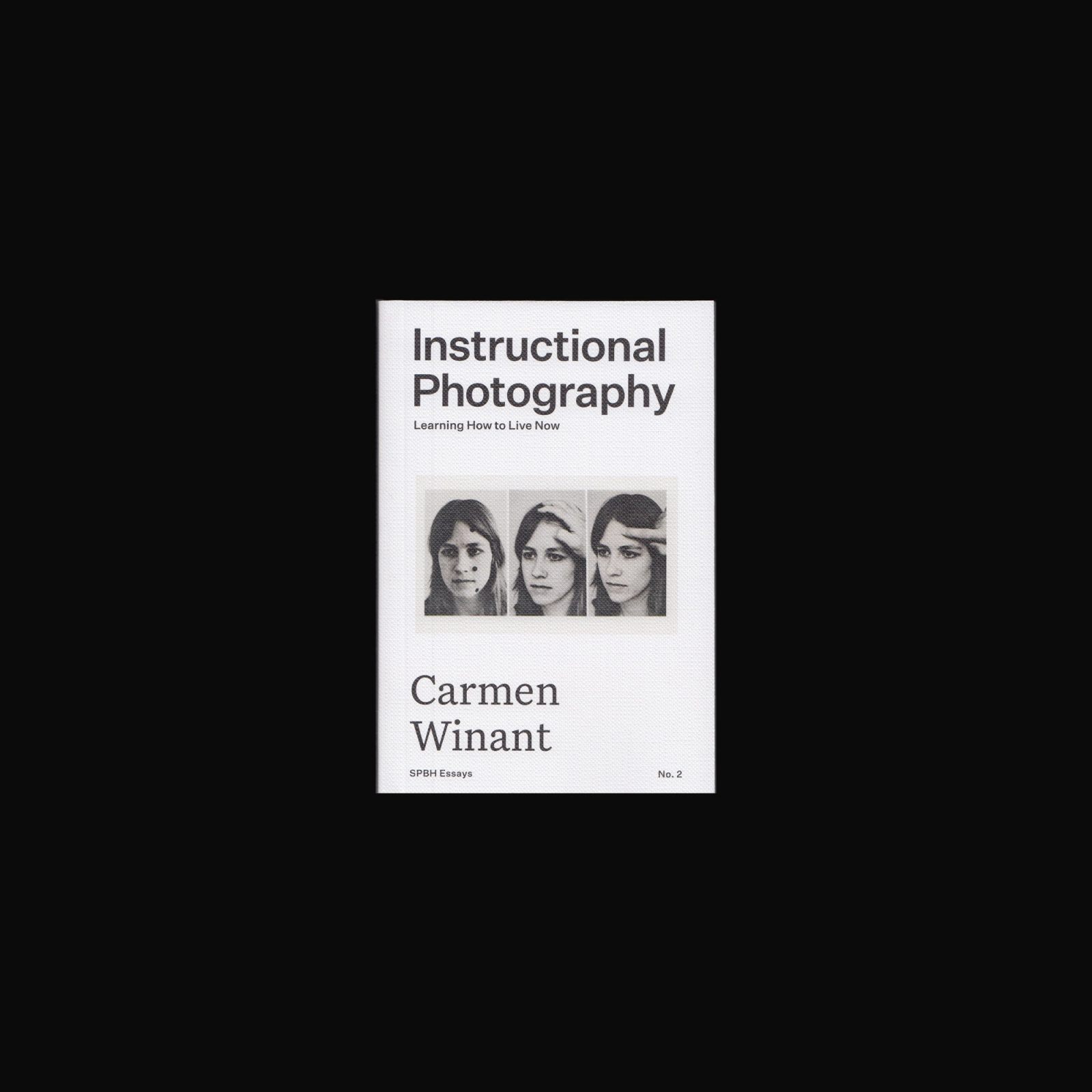
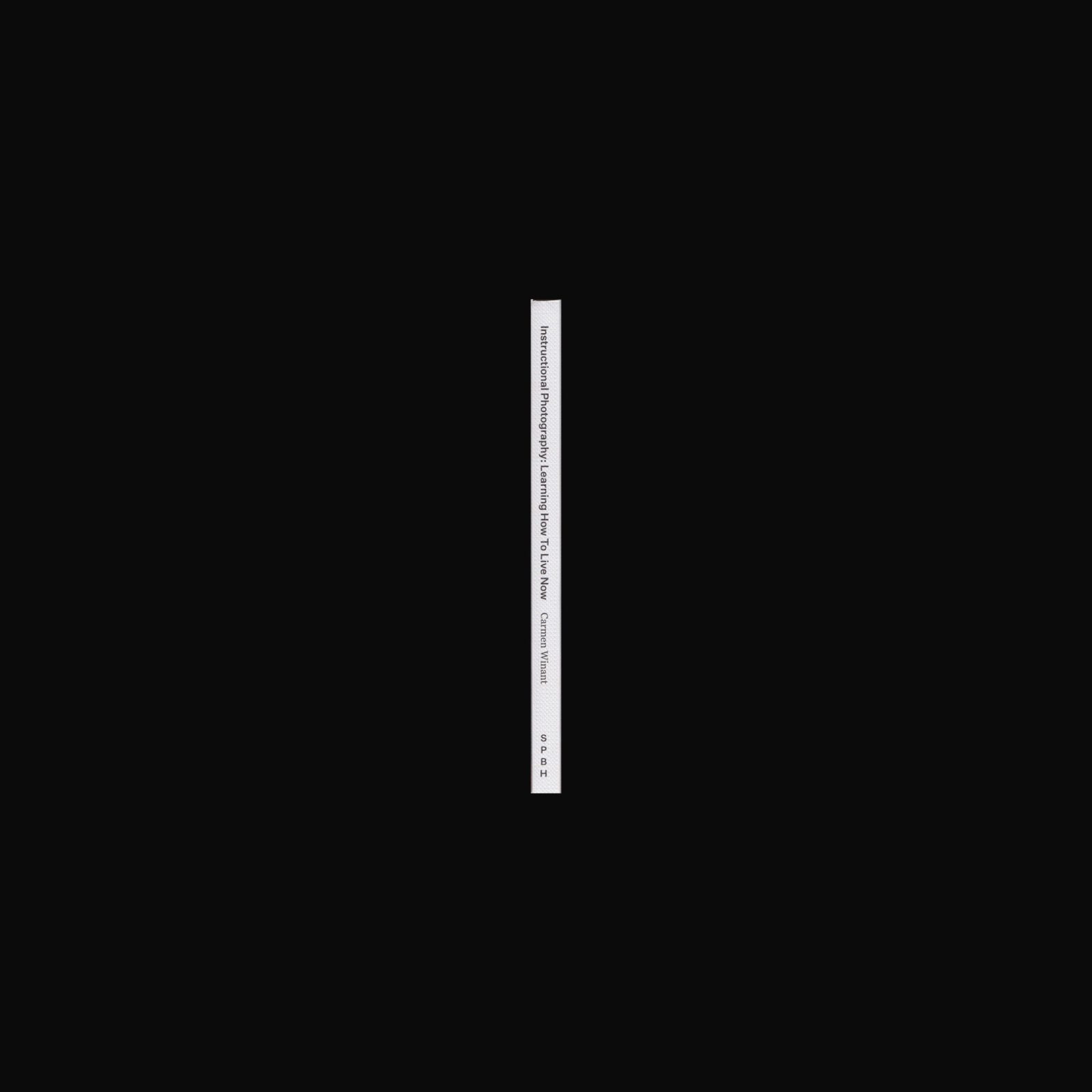
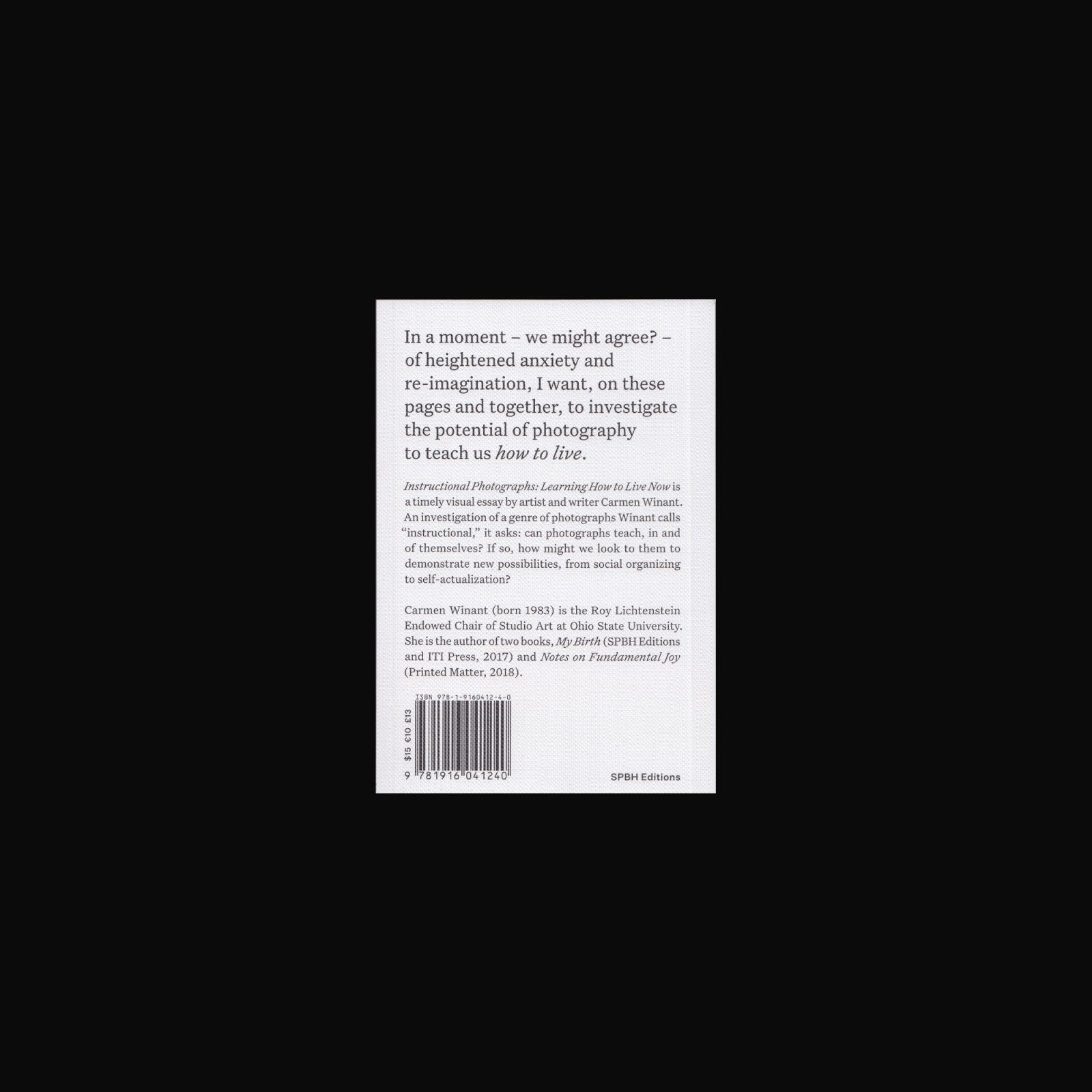
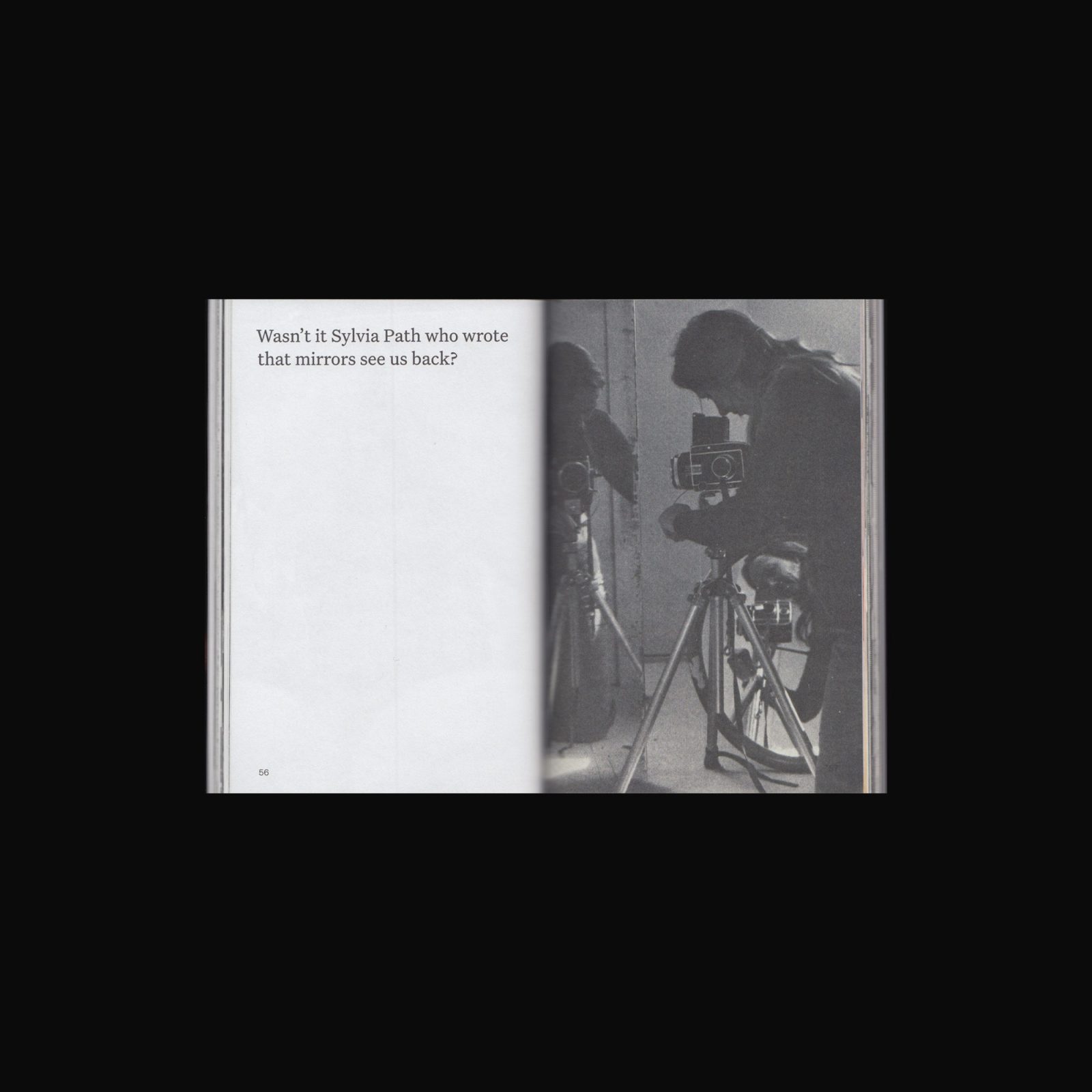
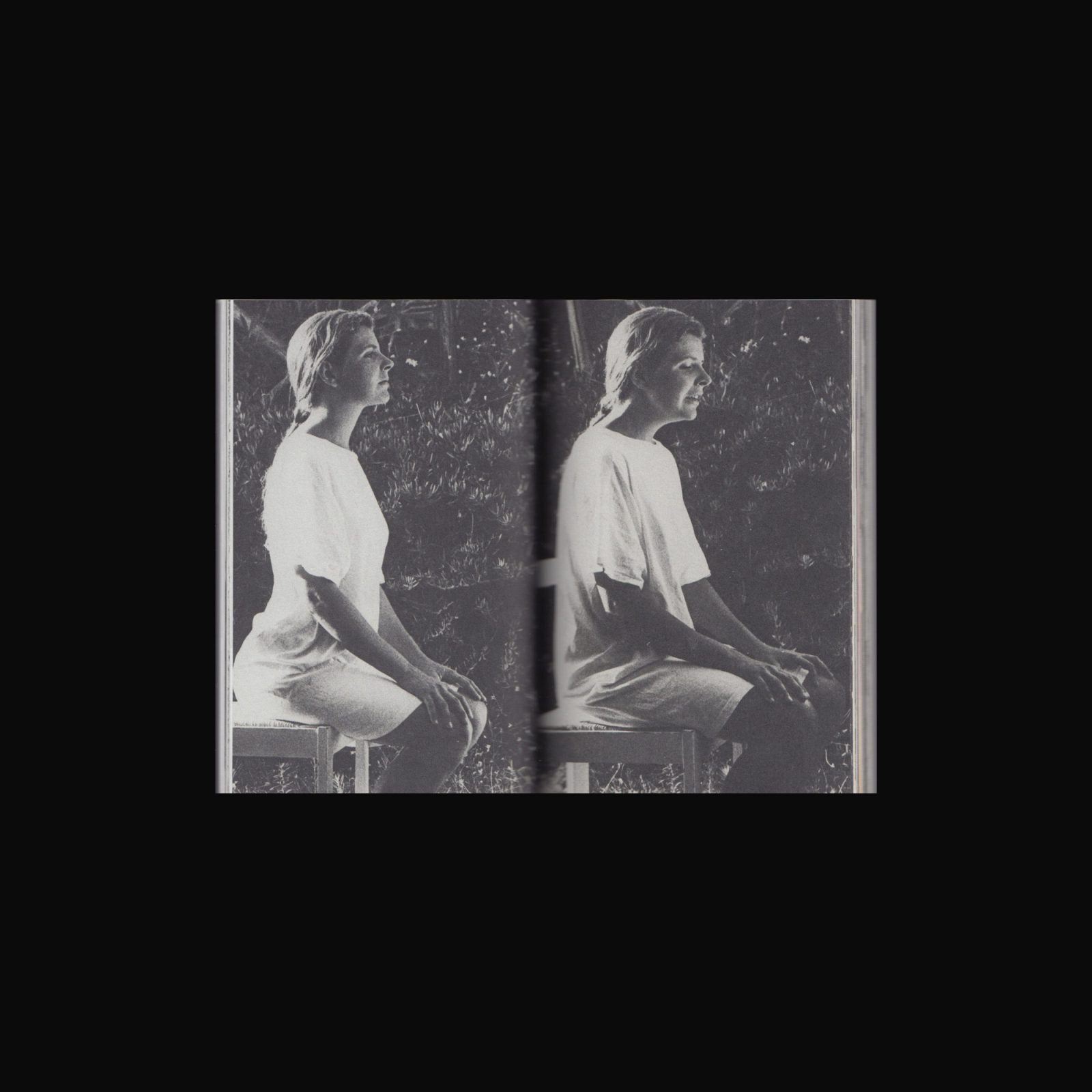
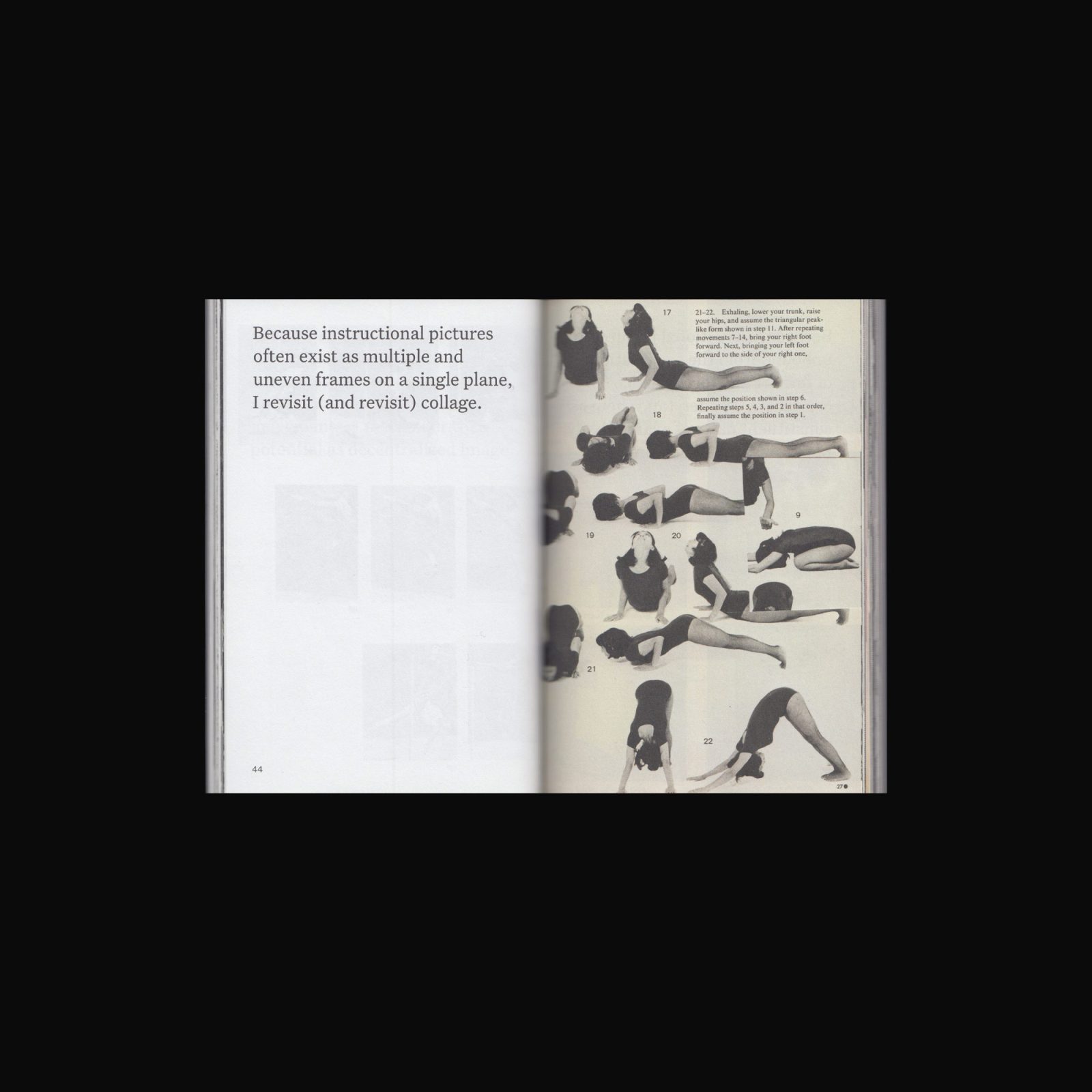
Instructional Photography: Learning How to Live Now by artist and writer Carmen Winant, is an investigation of a genre of photographs Winant calls “instructional”, it asks: can photographs teach, in and of themselves? If so, how might we look to them to demonstrate new possibilities, from social organizing to self-actualization?
Alternating between found images and shorter, text-based observations (which serve to reinforce, rather than explain, one another), Winant delves into this new category of images through her own collection, understanding them as something beyond, or at least in between, documentary and fine art.
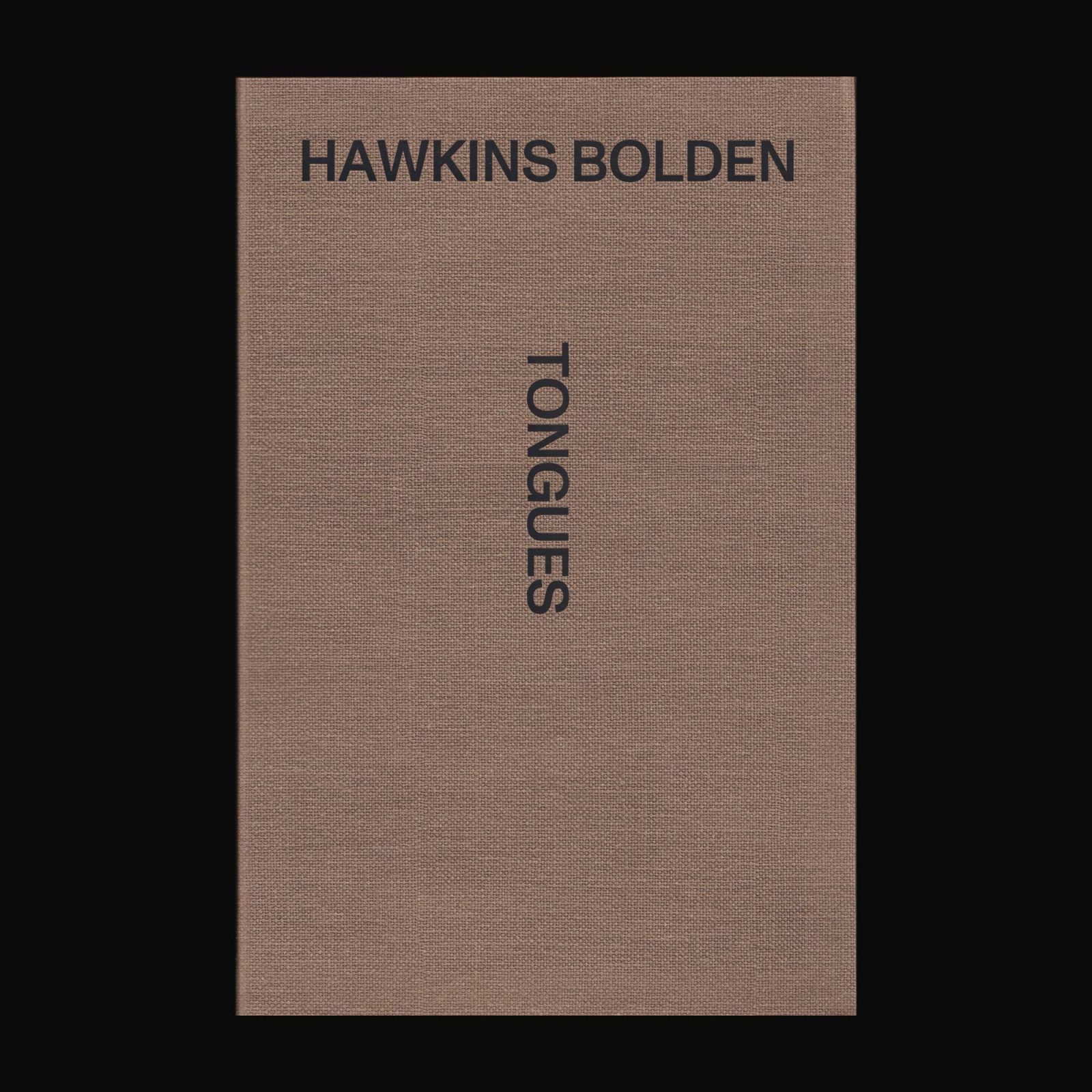
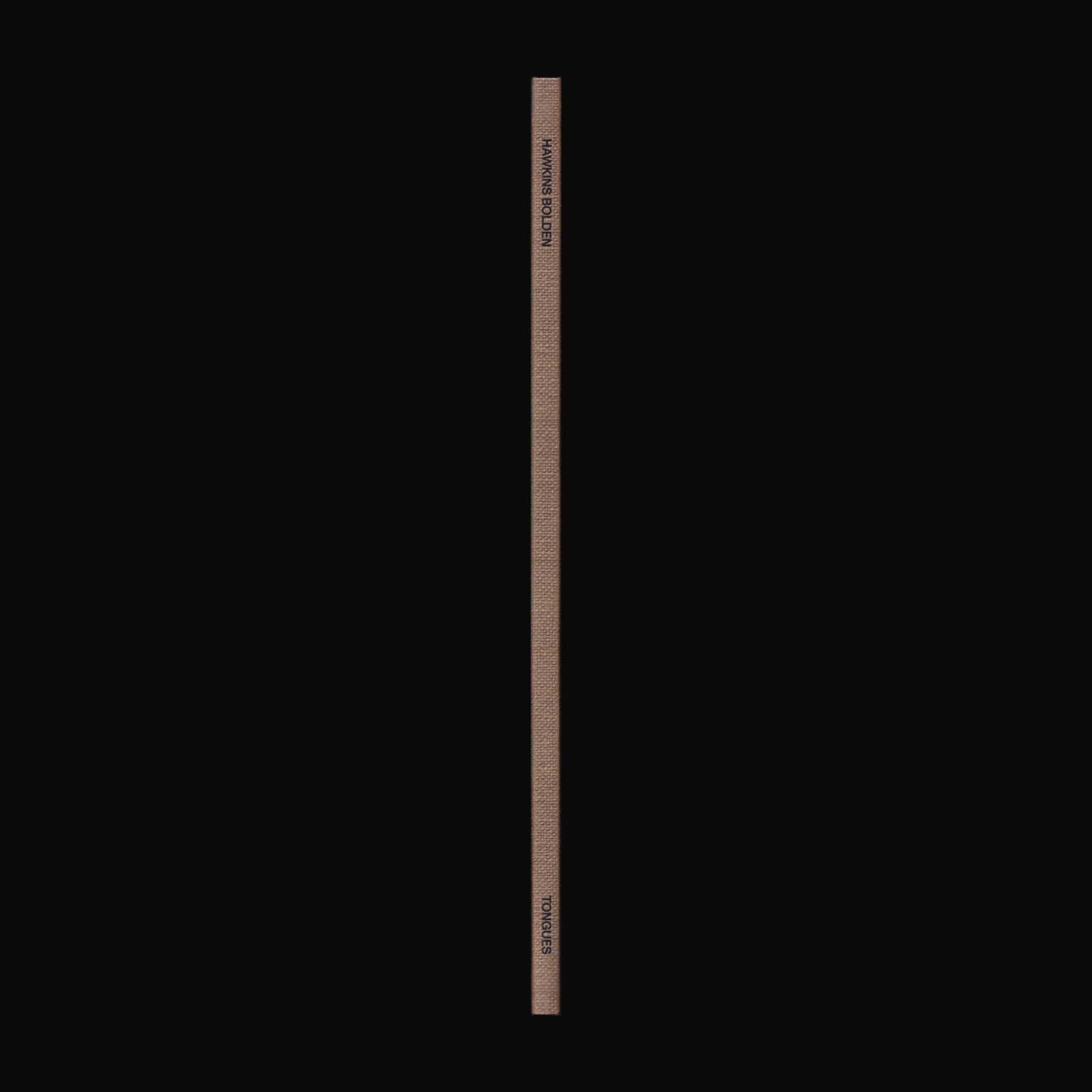
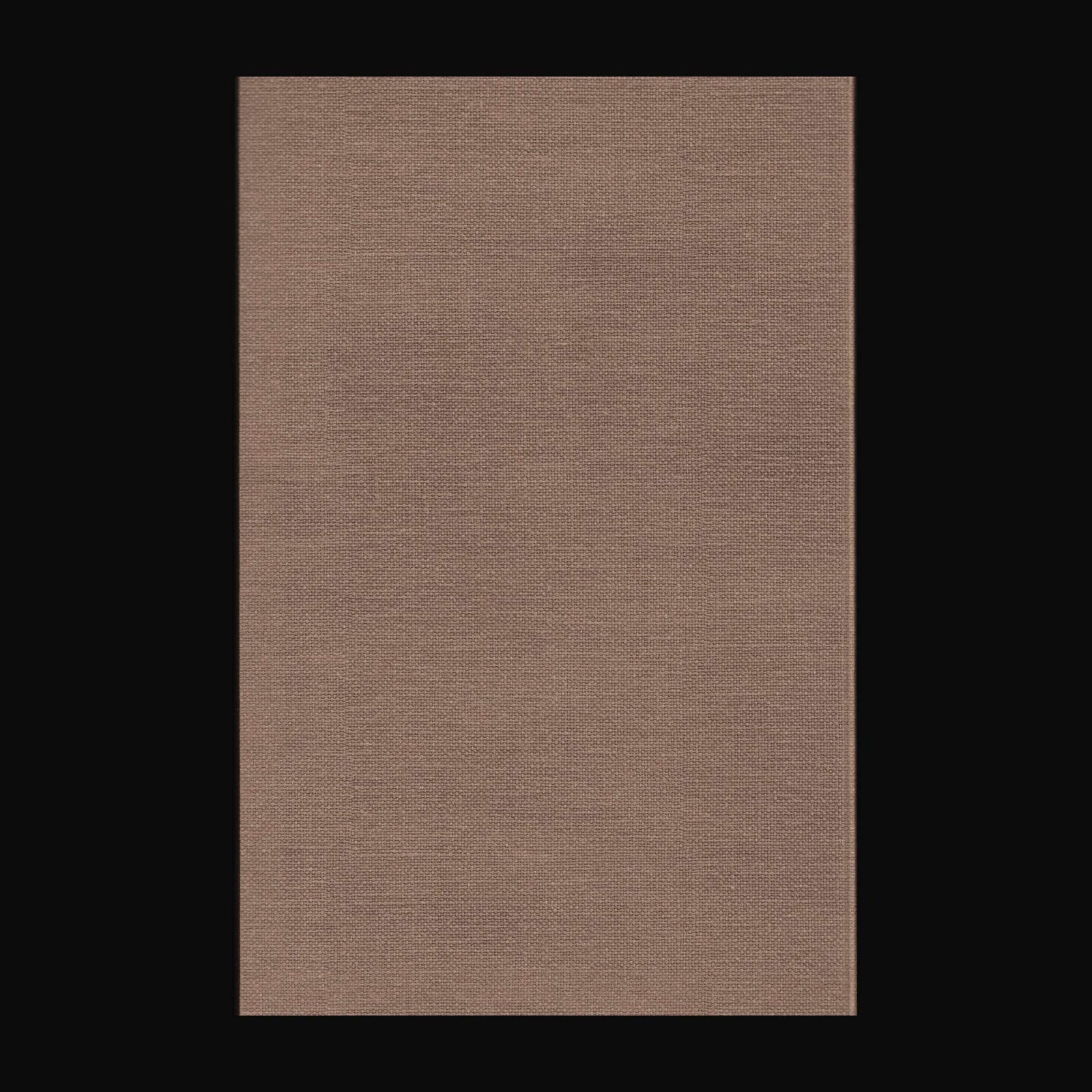
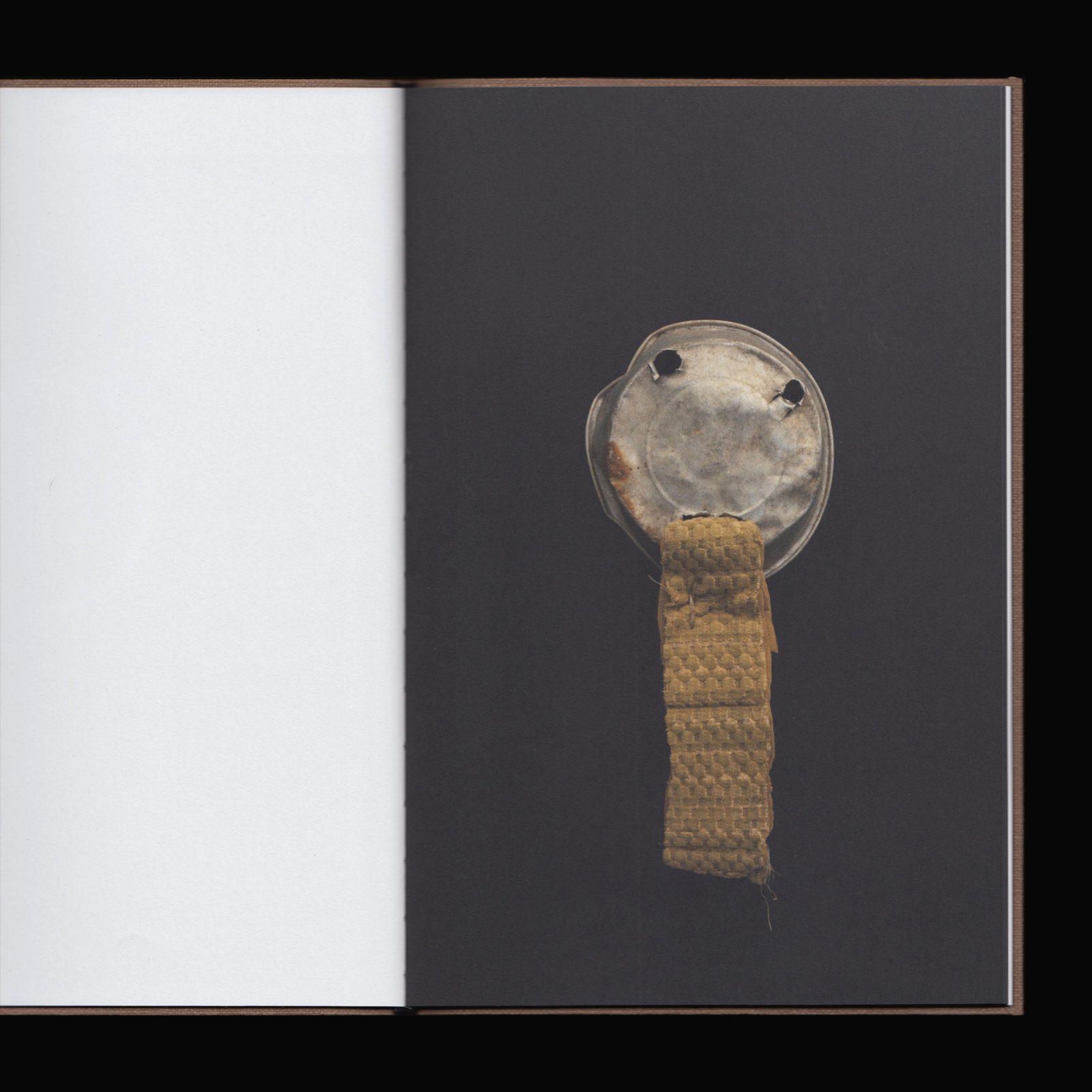
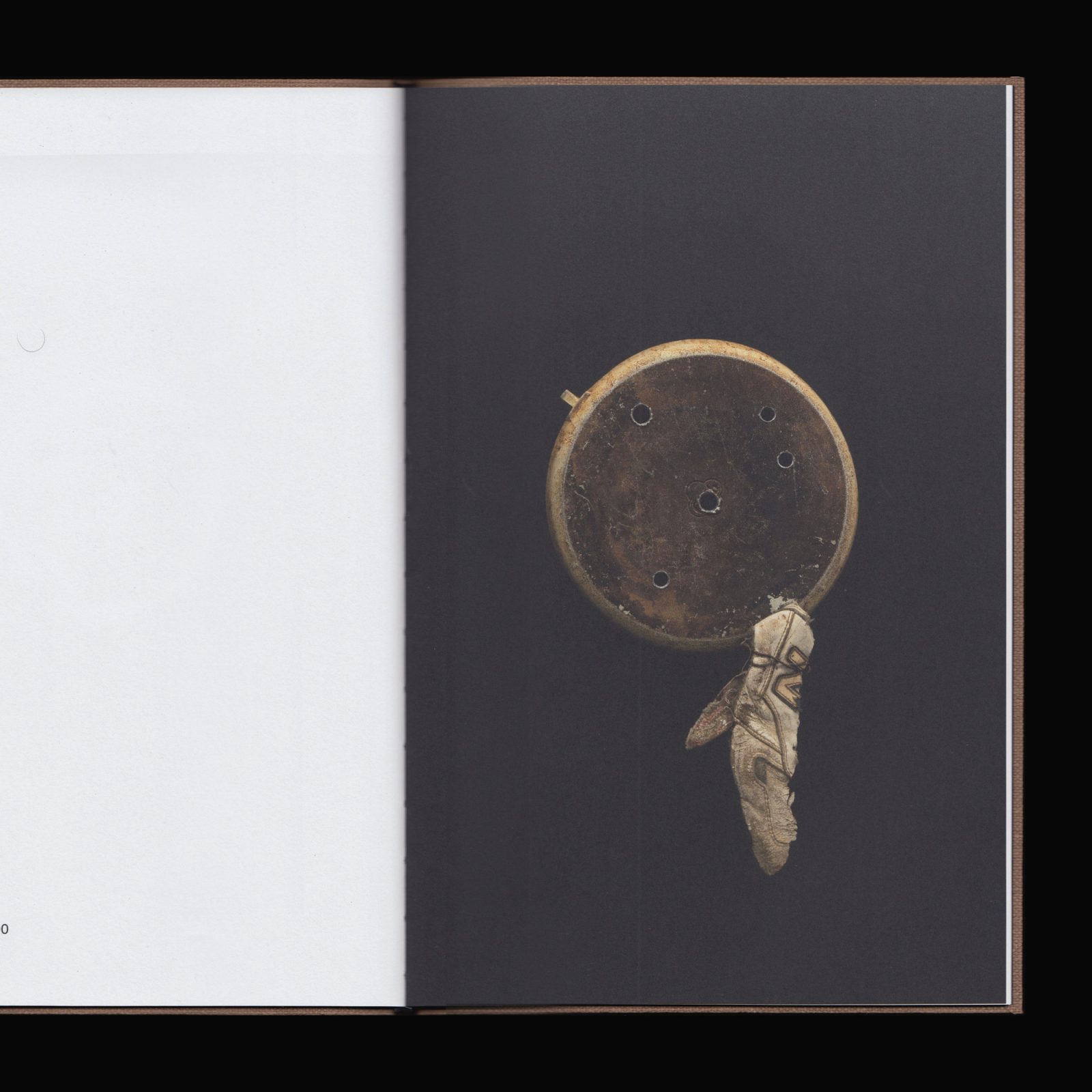
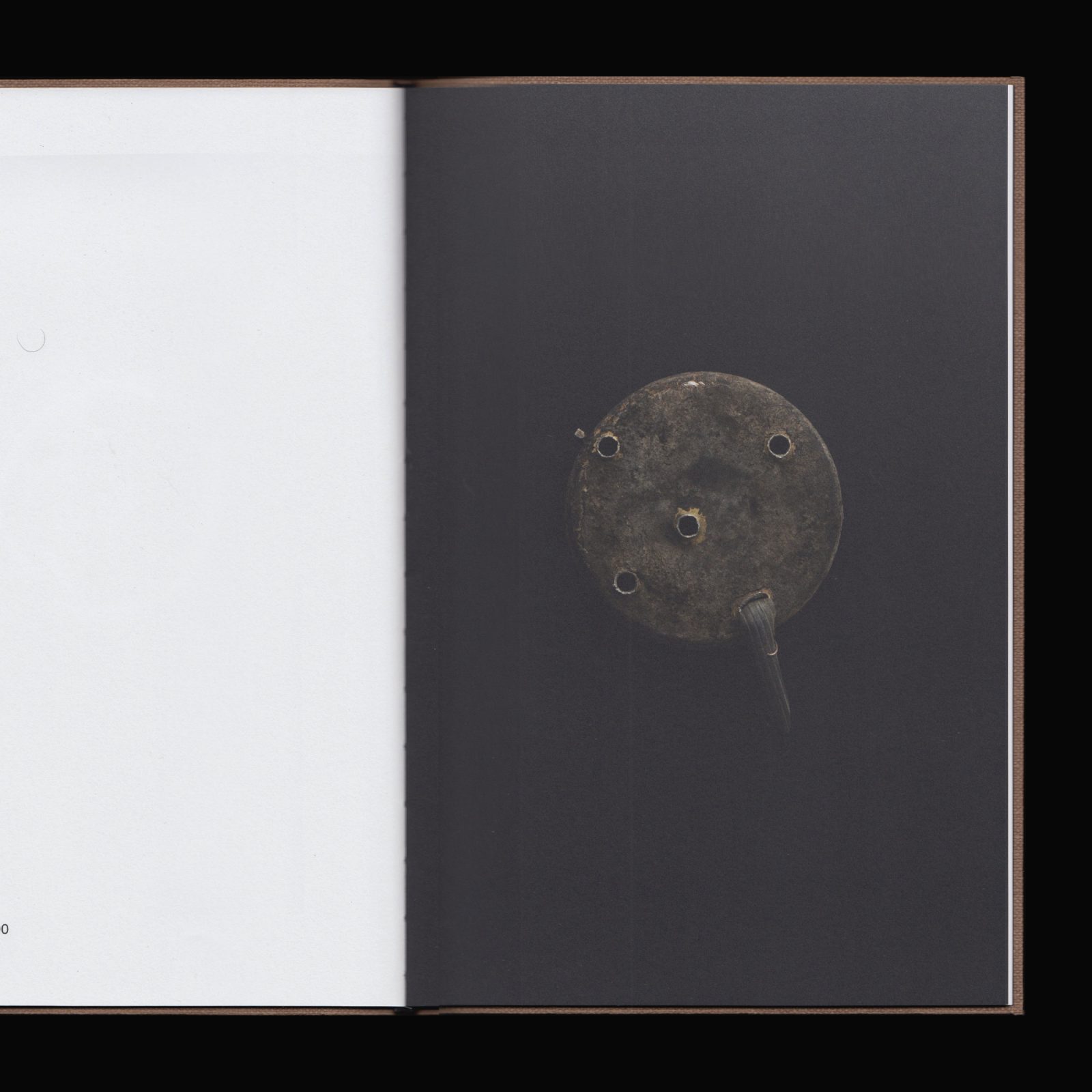
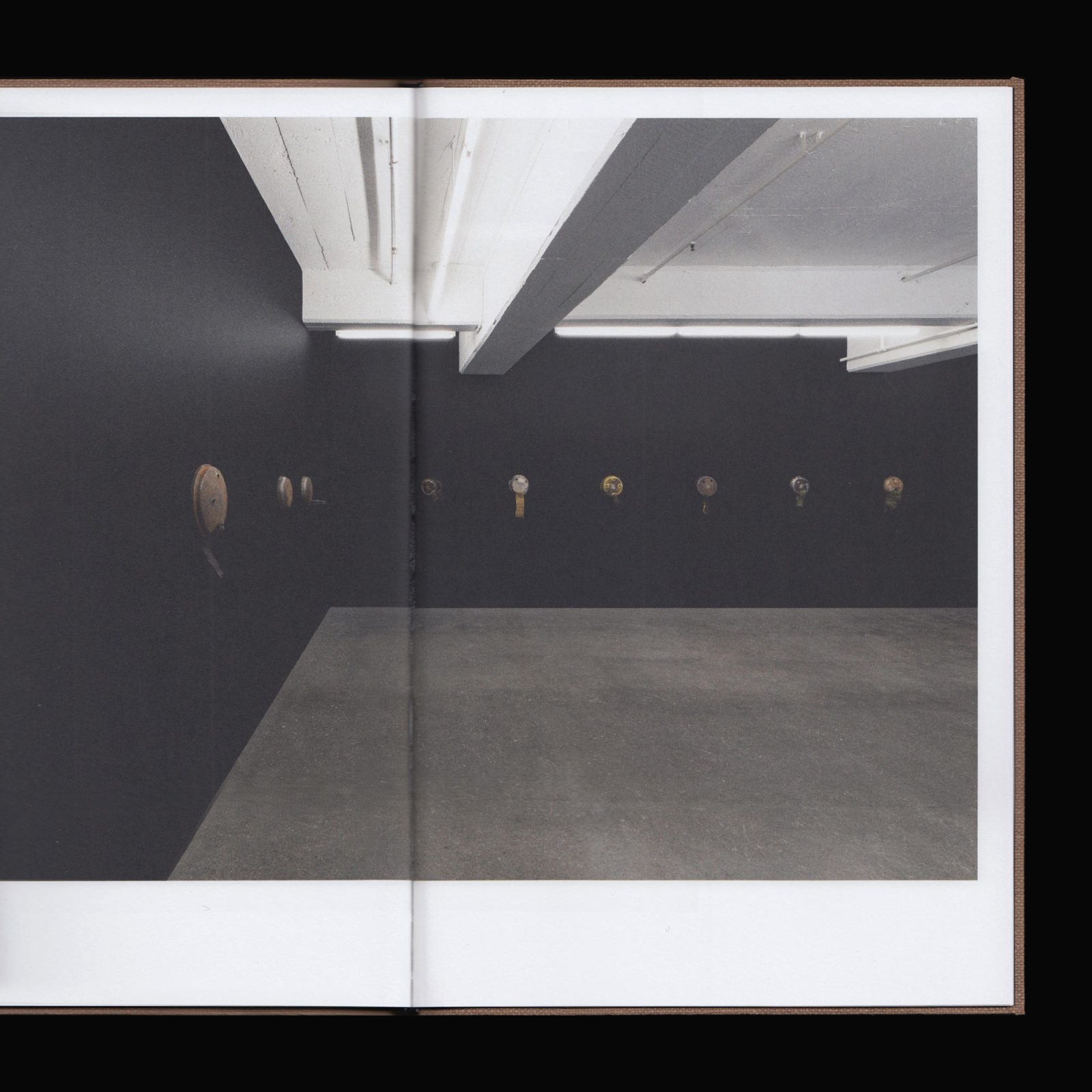
Produced on the occasion of the exhibition Hawkins Bolden: Tongues, at Robert Heald Gallery, Wellington, 25 June–2 July, 2020.
Hawkins Bolden (1914–2005) was a self-taught artist who lived his entire life in Memphis, TN. At the age of seven, Bolden was left completely blind following a baseball accident involving his twin brother. Later in life, he began scavenging the alleyways and fields around his home in search of discarded materials, litter and other debris with which to work.
More information on the exhibition can be found here and more information on Hawkins Bolden can be found here and here.
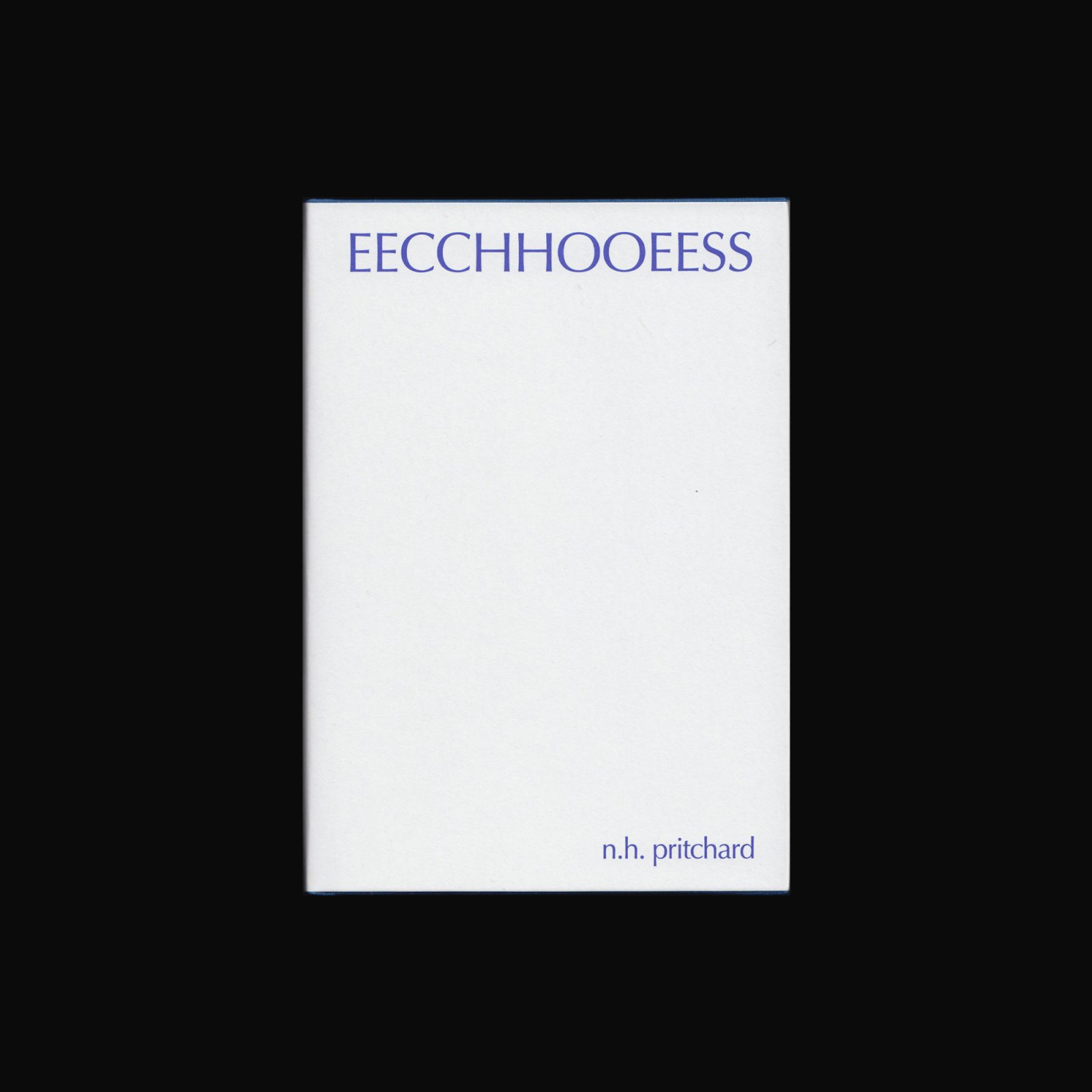
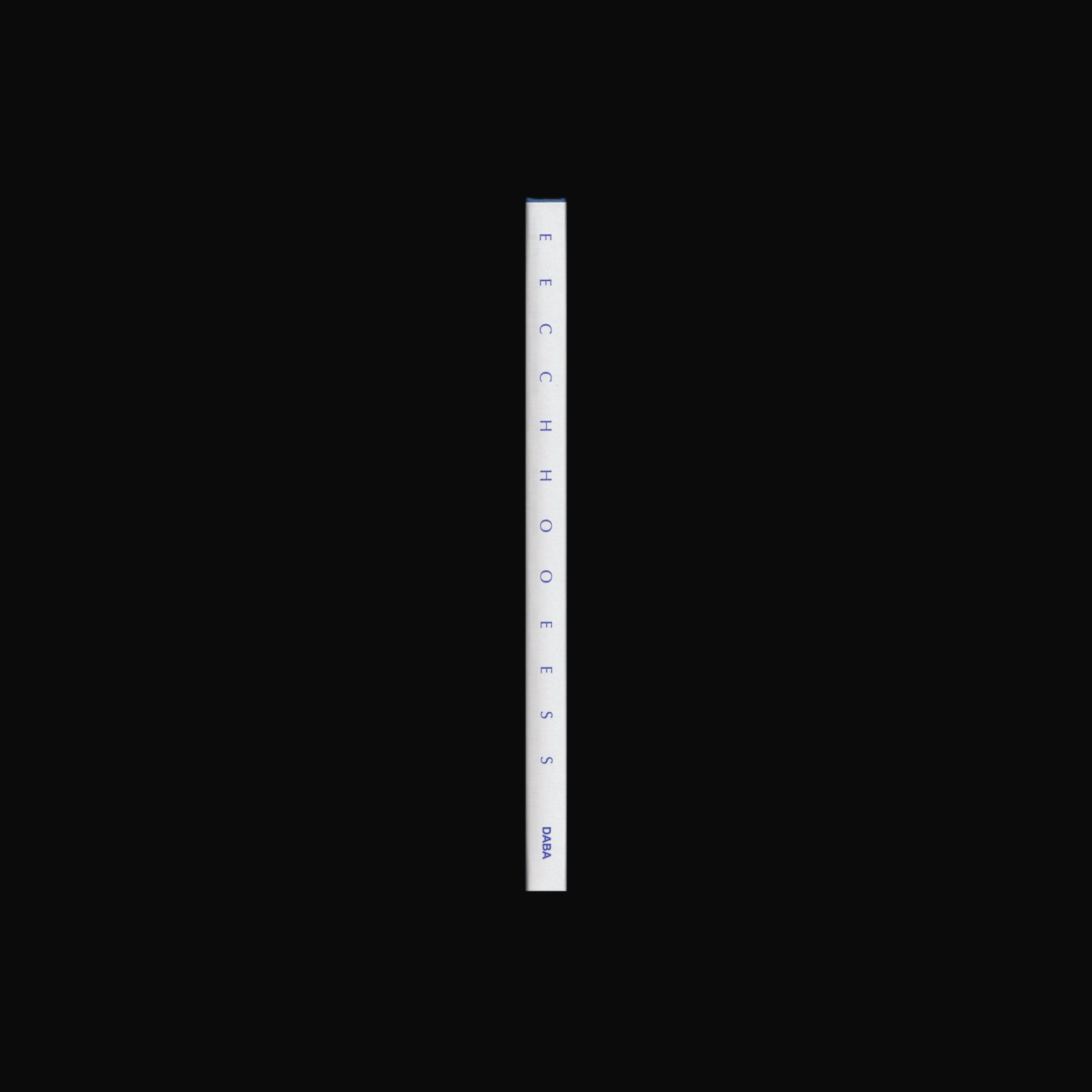
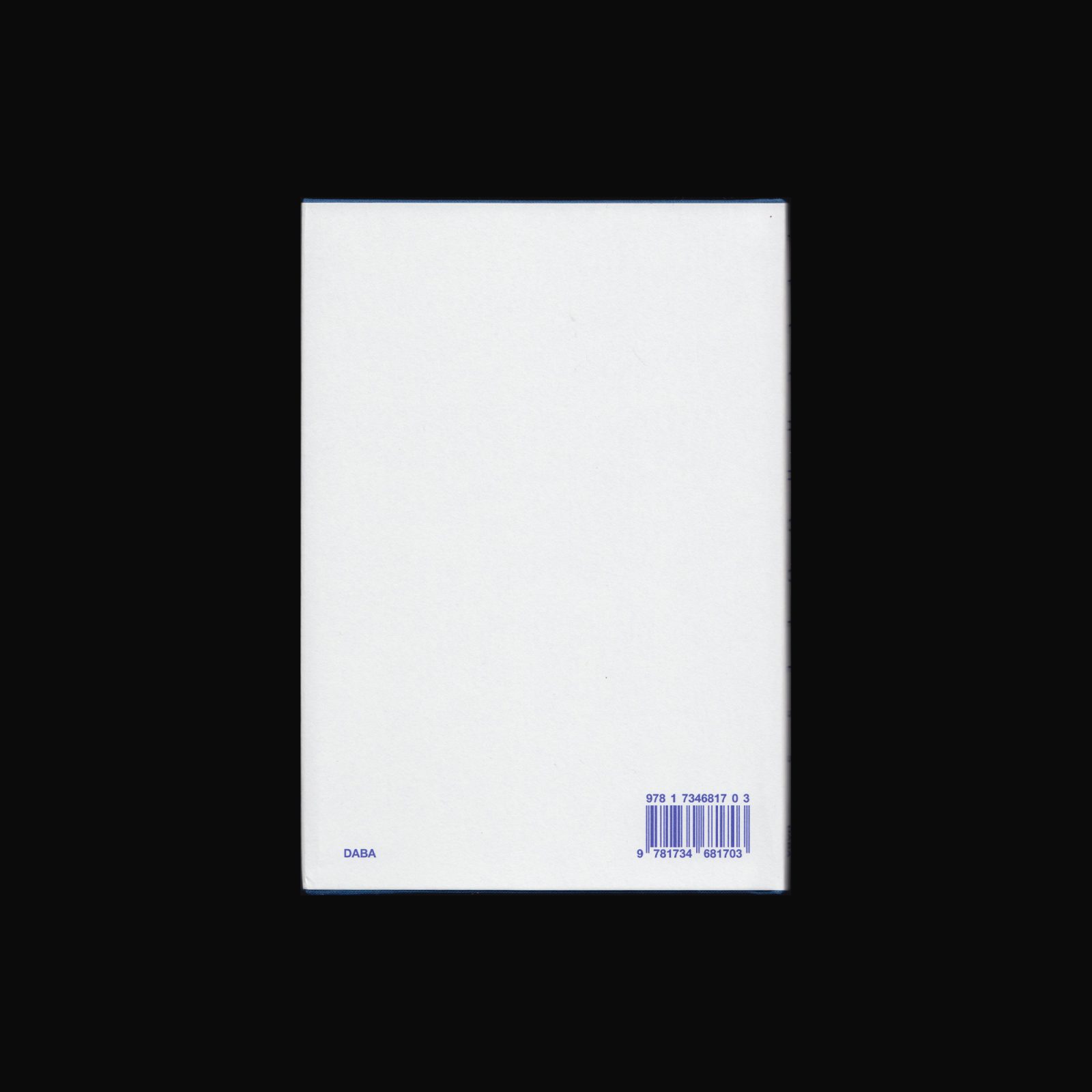
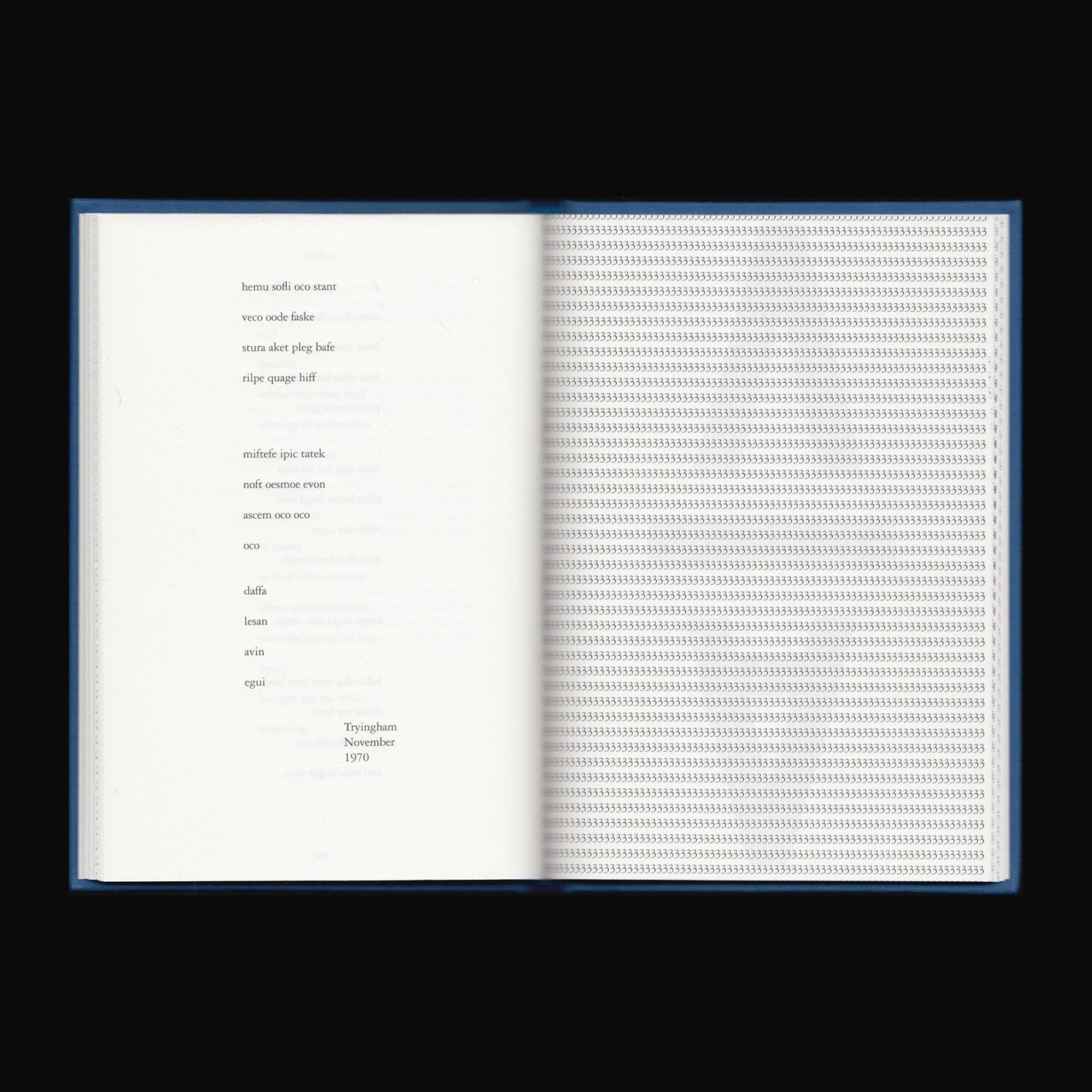
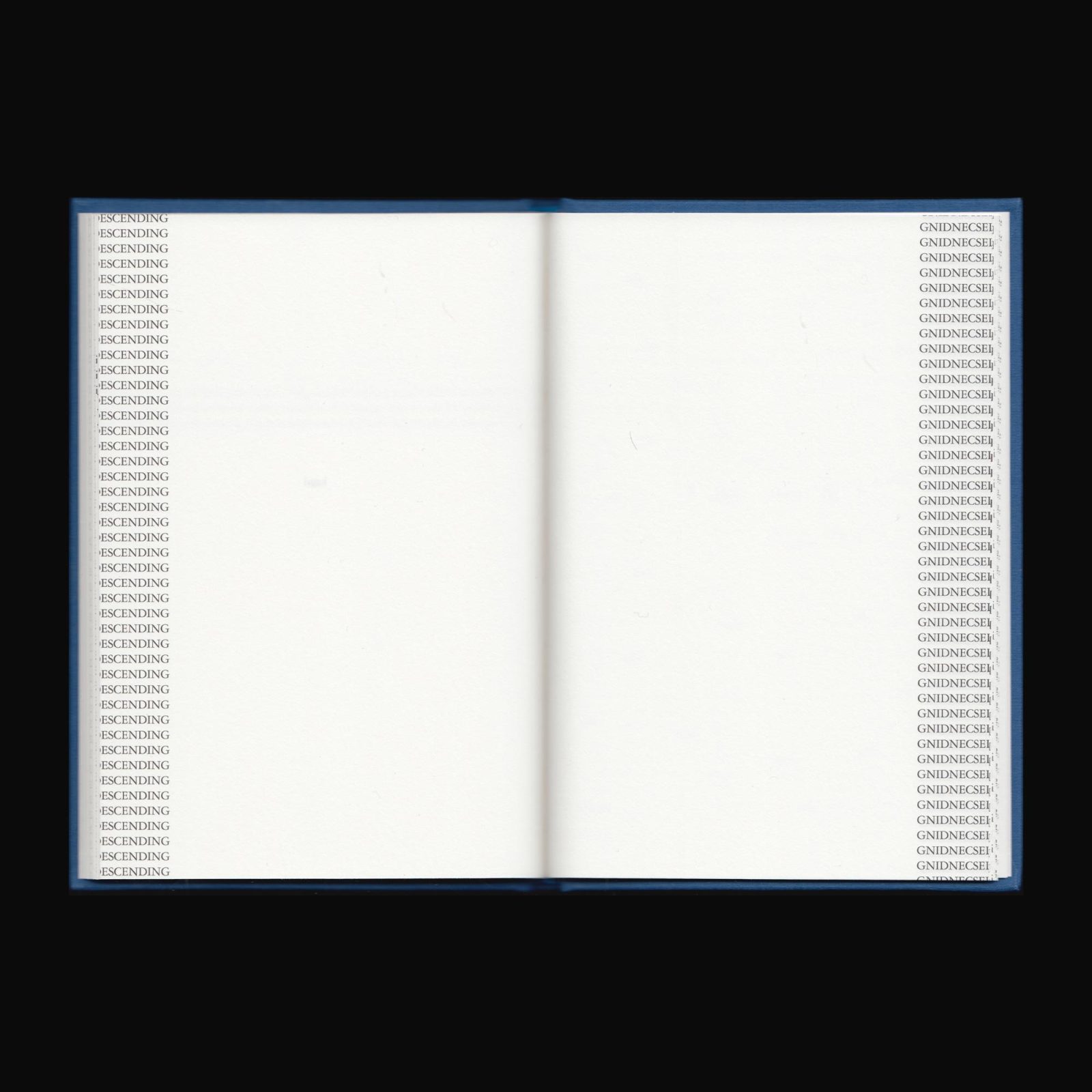
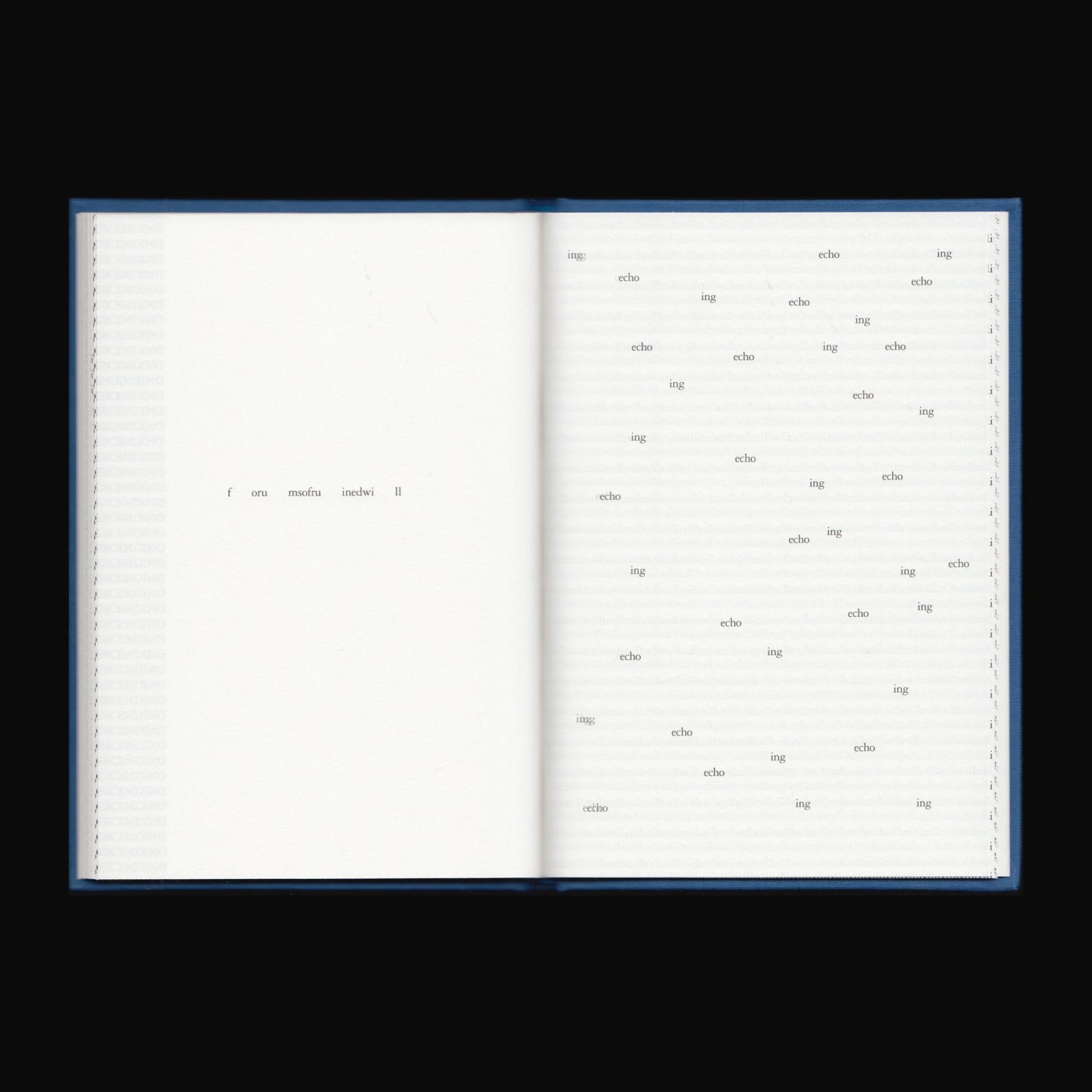
American poet Norman H. Pritchard’s second and final book, EECCHHOOEESS was originally published in 1971 by New York University Press. Pritchard’s writing is visually and typographically unconventional. His methodical arrangements of letters and words disrupt optical flows and lexical cohesion, modulating the speeds of reading and looking by splitting, spacing and splicing linguistic objects. His manipulation of text and codex resembles that of concrete poetry and conceptual writing, traditions from which literary history has mostly excluded him. Pritchard also worked with sound, and his dynamic readings—documented, among few other places, on the album New Jazz Poets (Folkways Records, 1967)—make themselves heard on the page.
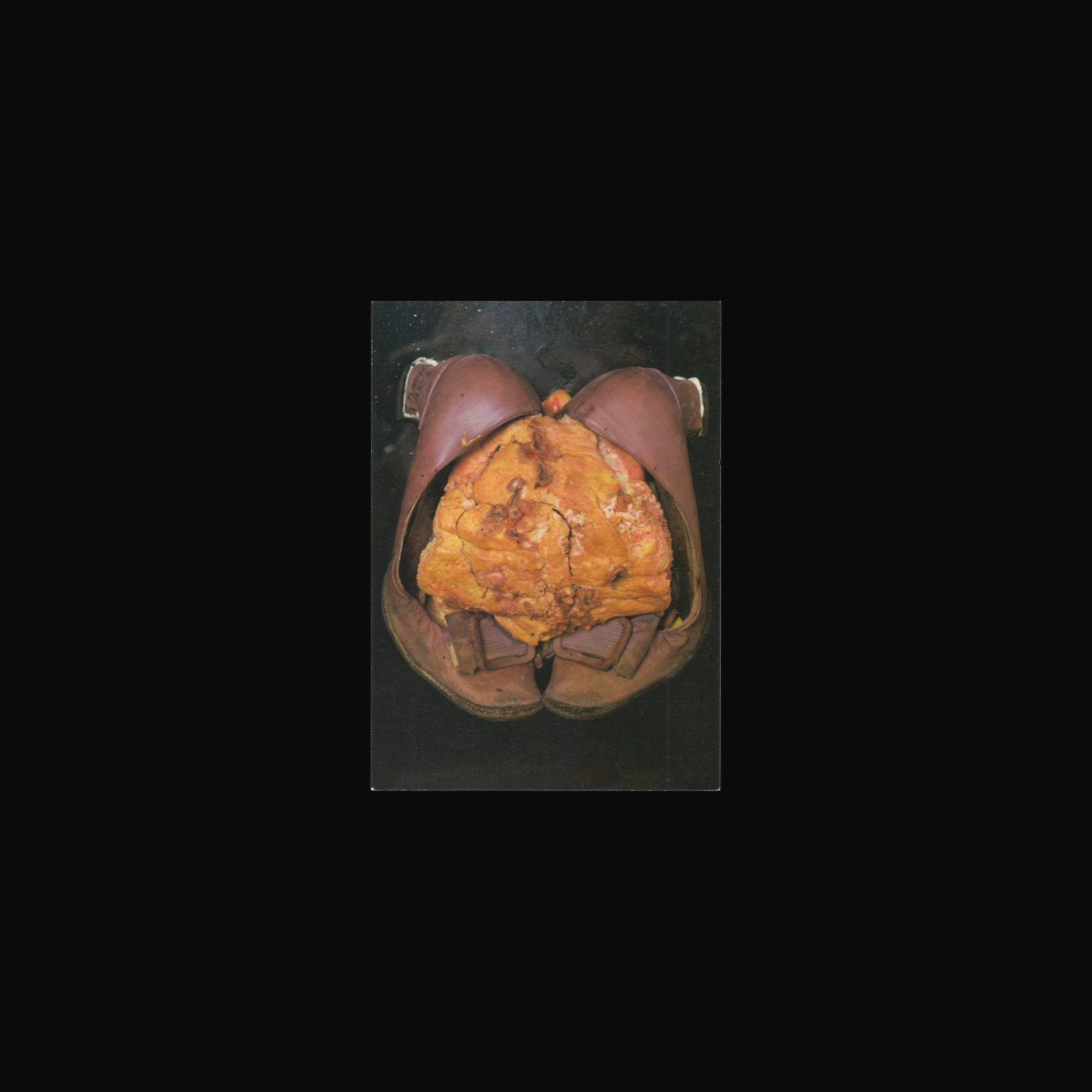
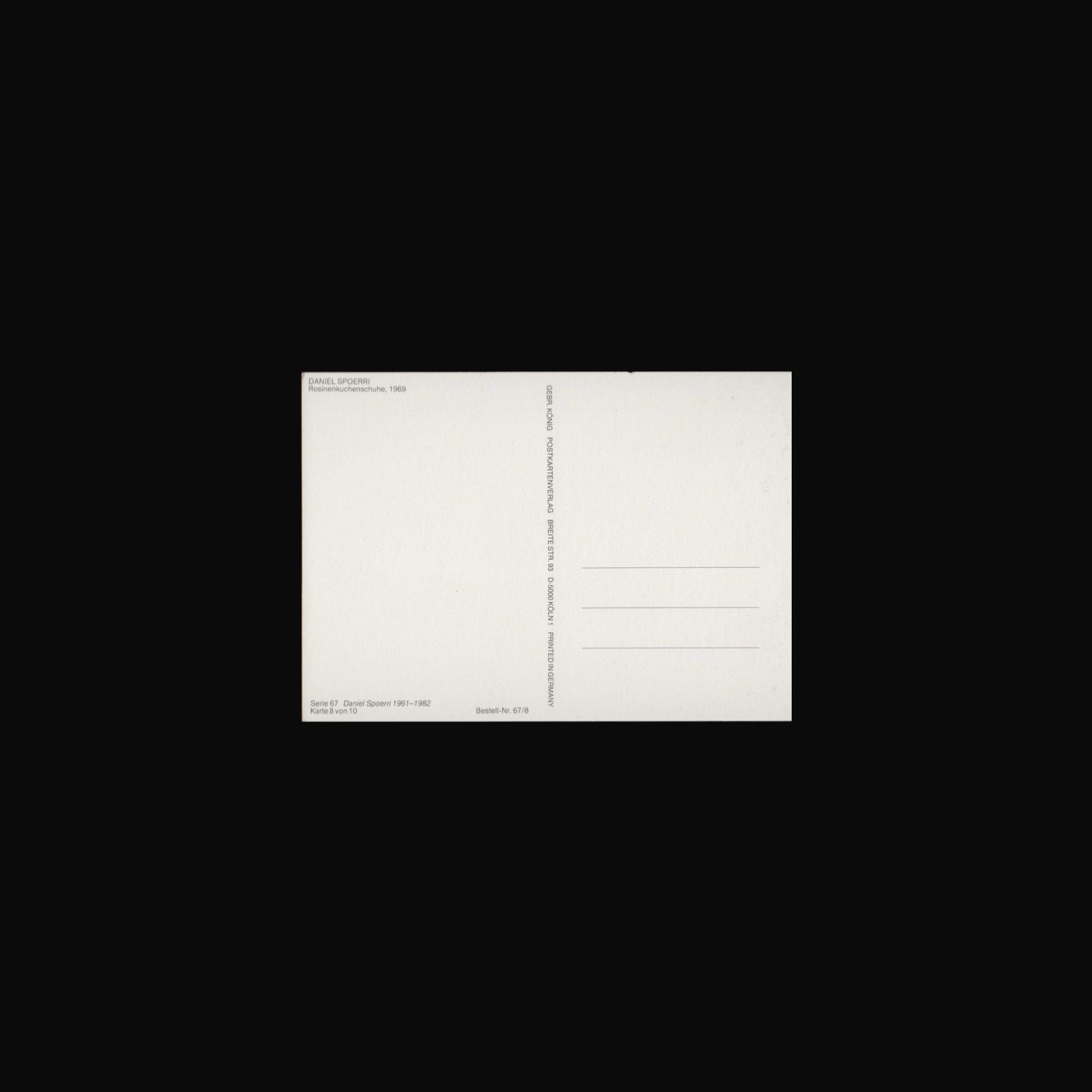
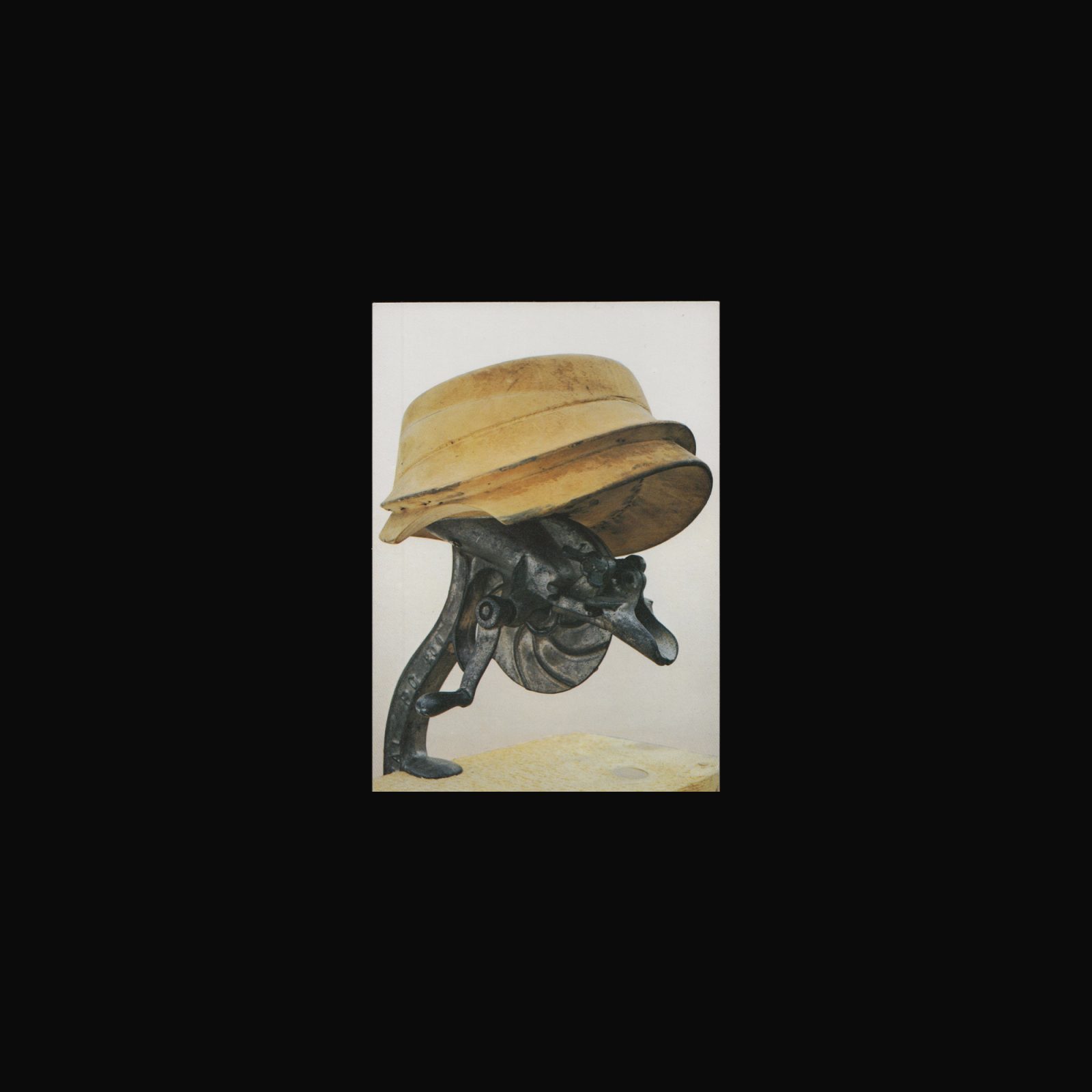
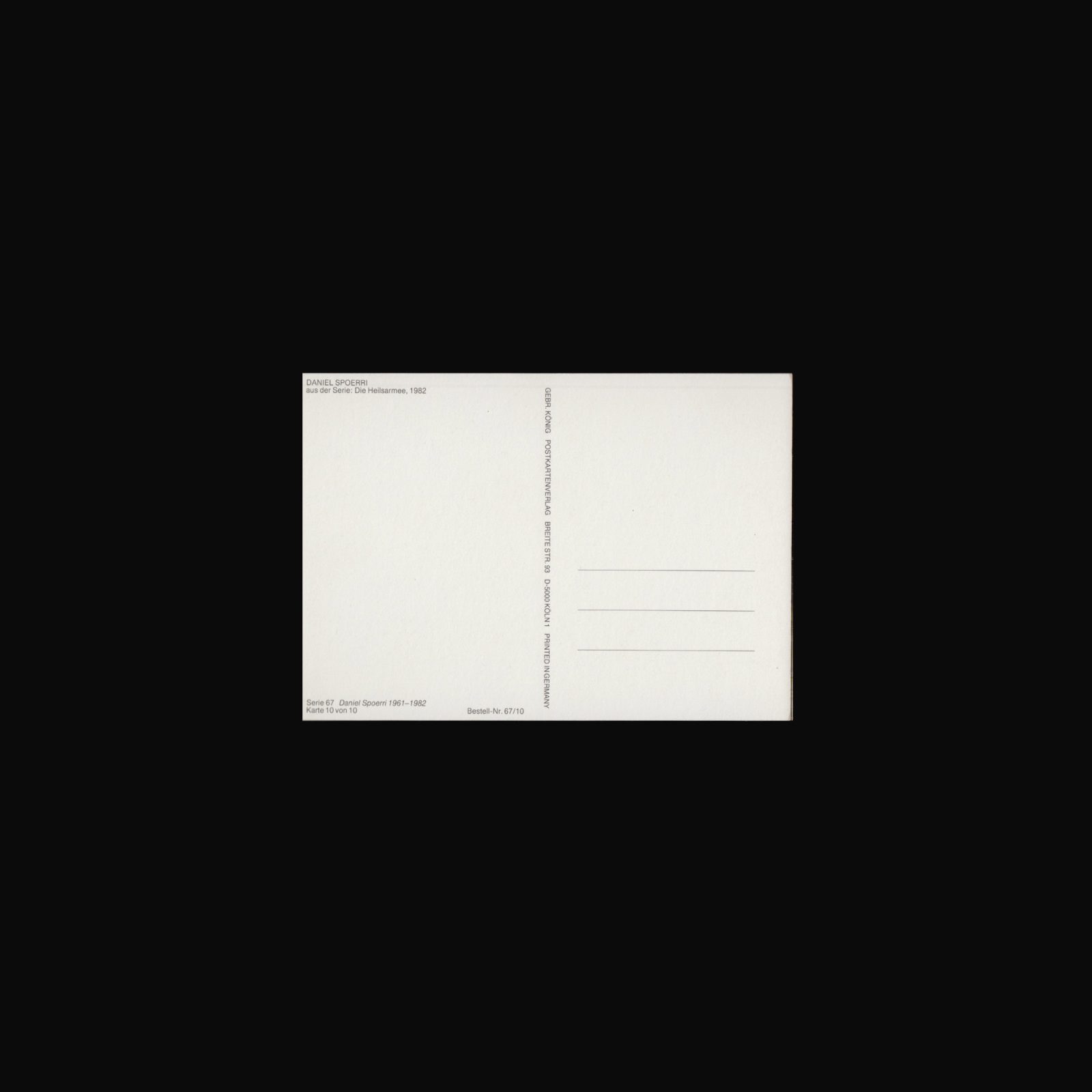
2 cards of 10 from the series Serie 67 Daniel Spoerri 1961–1982. Featured are the works Rosinenkuchenschuhe, 1969 and Aus der Serie: Die Heilsarmee, 1982
*Please note these items are secondhand and have some traces of previous ownership.
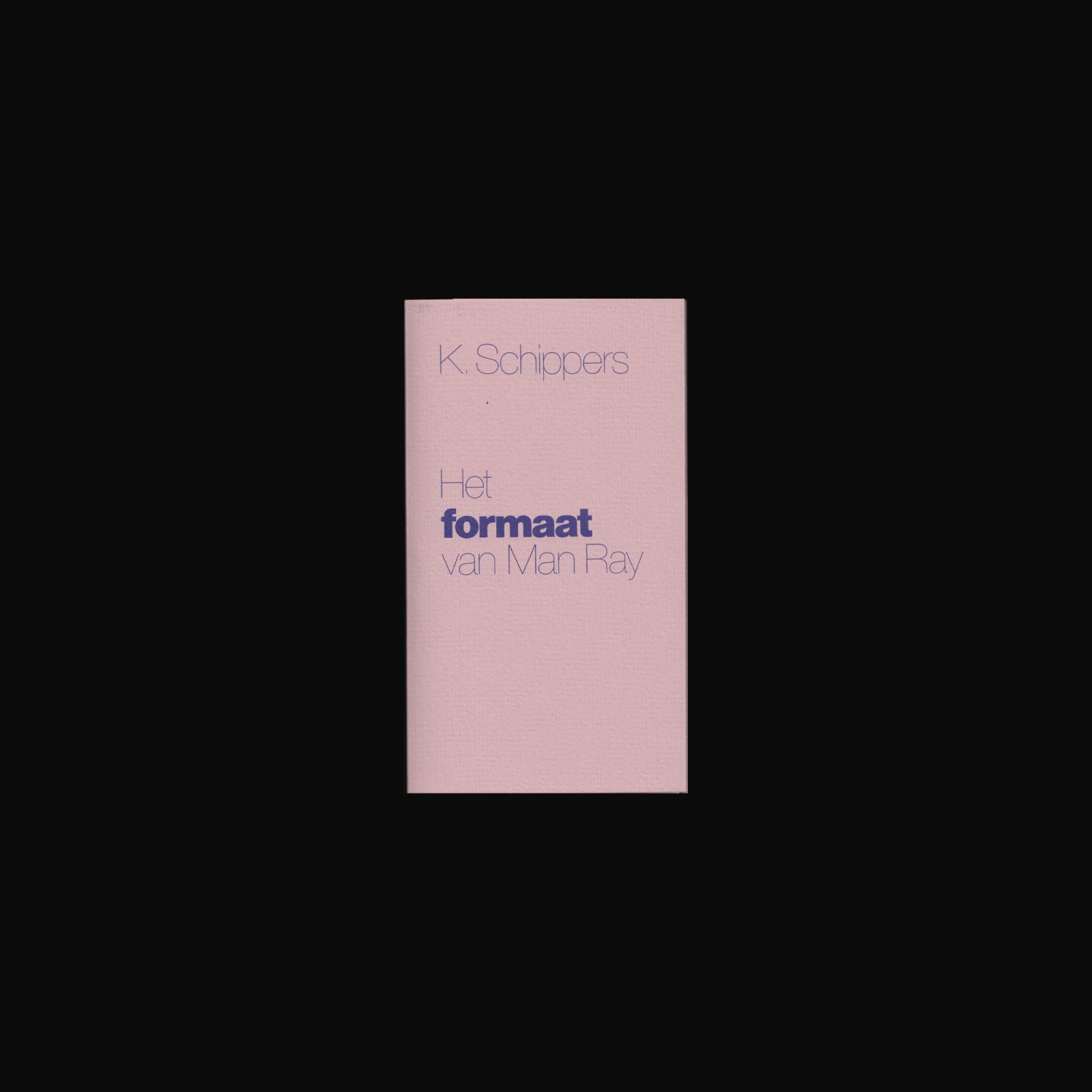
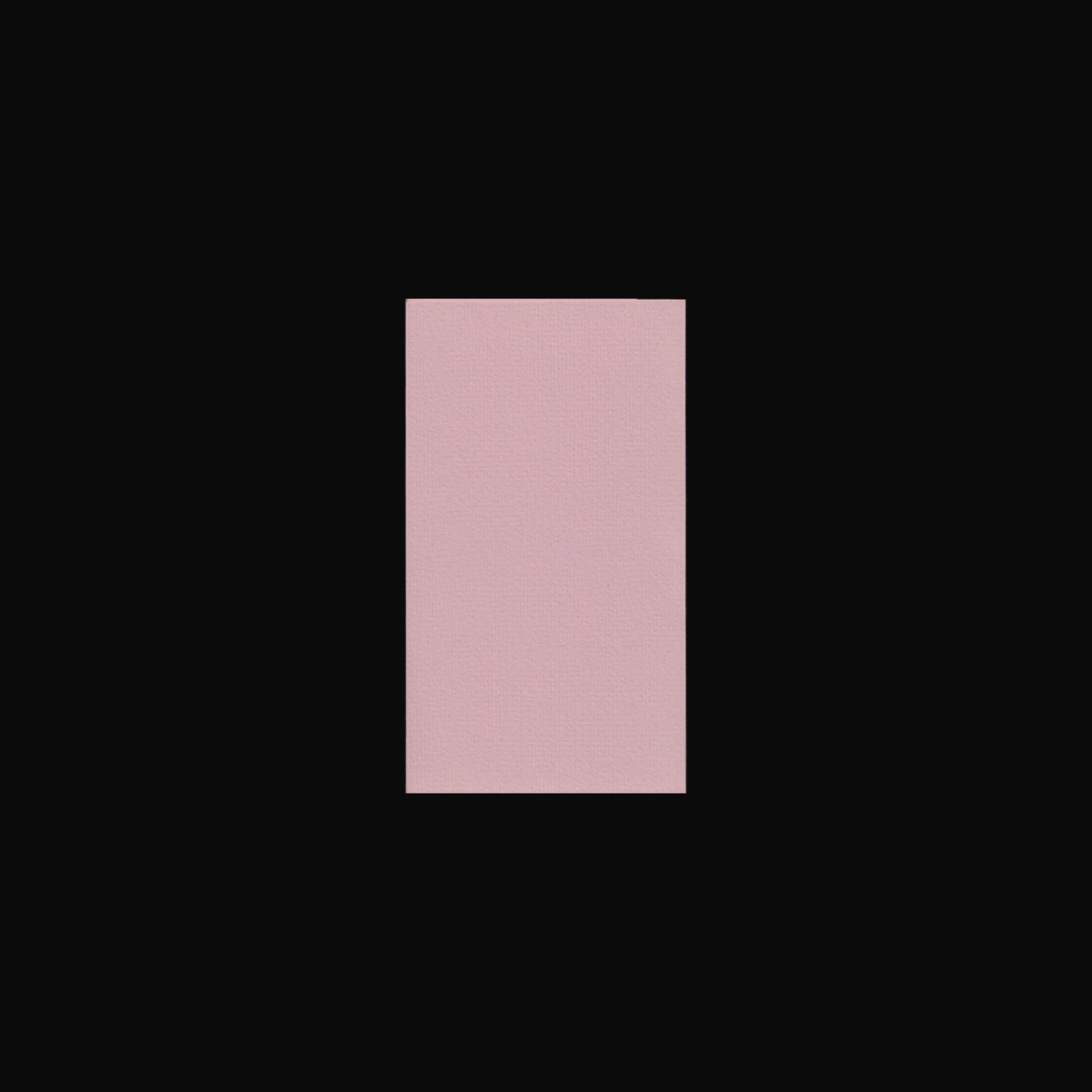
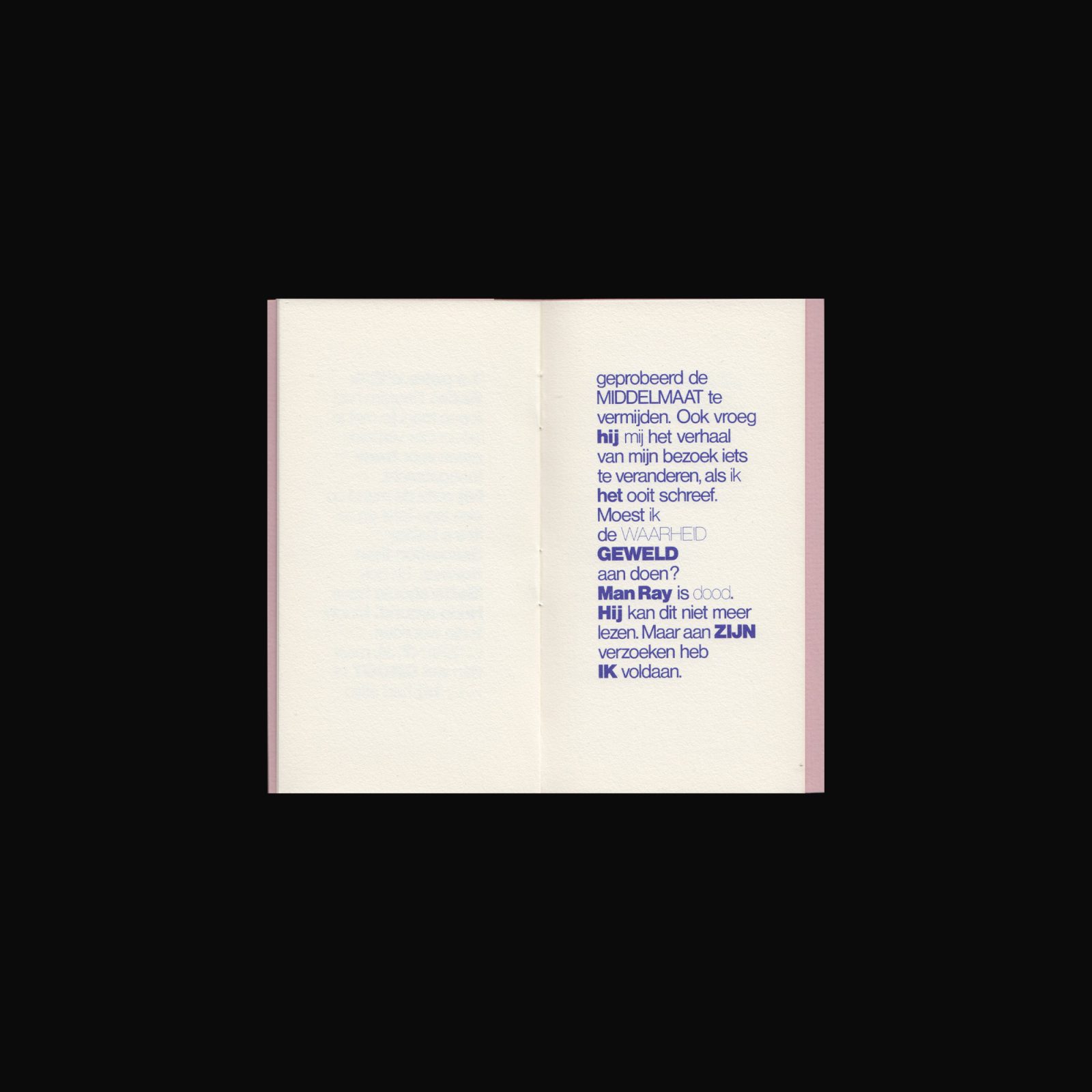
Gerard Stigter (6 November 1936–12 August 2021), known by the pseudonym K. Schippers, was a Dutch poet, prose writer and art critic. Credited with having introduced the readymade as a poetic form, his work is dedicated to looking at everyday objects and events in a new way.